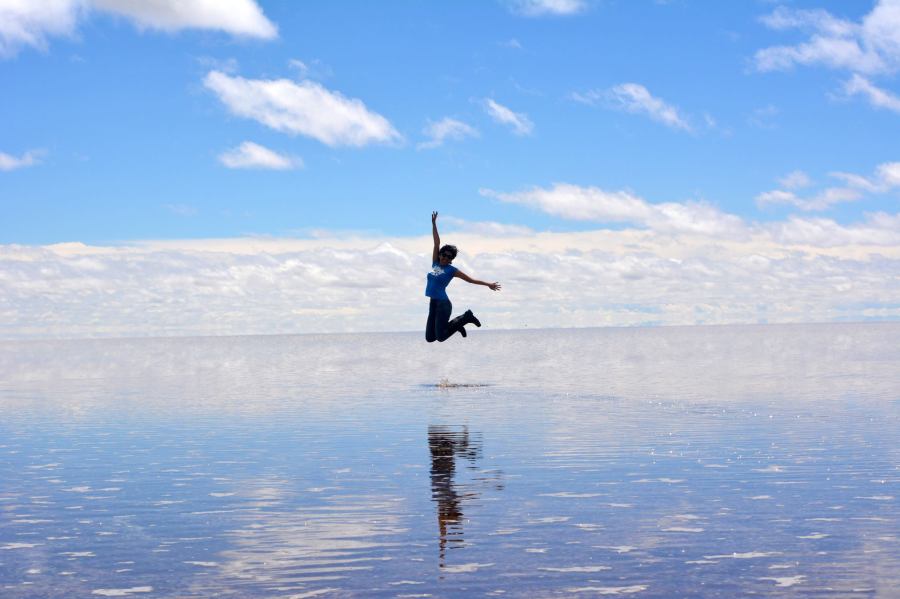We get it. When you’re planning a trip abroad, you want to know what to expect regarding safety. Is terrorism a problem? Could I be kidnapped? Might I be pick-pocketed or robbed at gunpoint? Should I steer clear of specific places? Can I drink the tap water?
We got you covered. We live here in Bolivia, so we can give you first-hand information regarding all-things-safety in this country. And, because we don´t want you to just take our word for it, we will share with you links to official international reports as well. This way, at the end of this post you will have a clear picture of what to do and not do in order to travel safely through Bolivia in 2020. We admit, it’s a little long, but very thorough. Feel free to just read the parts you´re most concerned about, we won’t take offense.
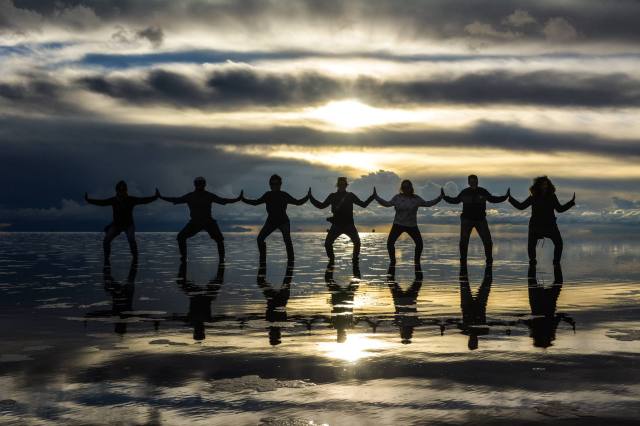
A little context
So, Bolivia is a pretty safe country for locals and tourists alike. With a total population of 10 million people, its largest cities (La Paz and Santa Cruz) have no more than 2 million inhabitants each, meaning that, under normal conditions, they don’t have the crime rates of larger cities like Sao Paulo or Lima or Bogotá.
Nevertheless, the country went through a rough couple of months in October and November of last year after accusations that the national election had been rigged to favor then-president Evo Morales. 21 days of protests followed, resulting in the president’s resignation. This led to another two weeks of social conflict with 30 protesters losing their lives. The country has since entered a period of pacification, and the transitional government has called elections for the third of May. There have been absolutely no violent protests nor significant violence in the country since November, 2019. Nevertheless, tourism has seen a steep decline, which is sadly having a negative impact on the economy.

Is Bolivia a dangerous country?
In terms of 2019’s Global Peace Index, Bolivia ranks 85 out of 163 countries. This is moderate, and it means tourists should exercise common sense when visiting, but no extreme measures need to be taken to stay safe. For us locals, crime rates are mostly related to property theft and domestic or personal disputes. There is some gang violence in certain neighborhoods in the larger cities, but this has never had an effect on tourists or visitors. In general, Bolivia ranks medium in terms of danger, according to most of the reports we could find. Don´t take our word for it, check out this report by World Population Review, showing Bolivia is a safer country than the United States, for example, and this this other safety report by Atlas And Boots.
Be prepared to travel safely through Bolivia
In order to travel safely through any country, you must exercise caution and know what to expect. We found a cool guide of Things Not To Do in Bolivia in order to have a better tourist experience, and think you might find it useful. As for us, we have prepared a list of actual events that you might encounter while traveling through Bolivia, from food poisoning to road blockades (nope, no terrorism or hostage situations), and how to avoid and cope with them.
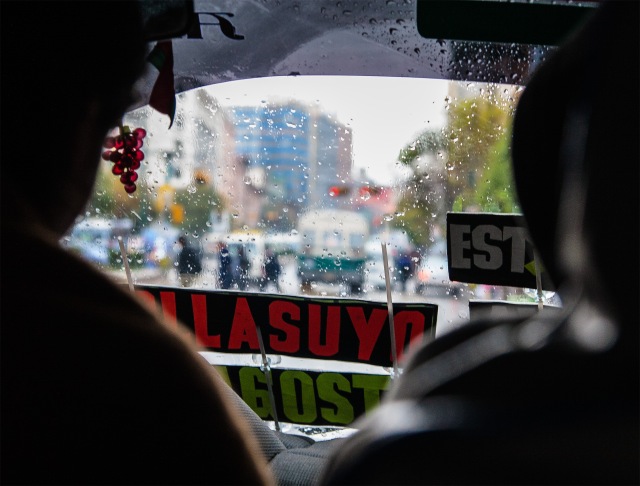
Pick-pocketing and theft:
- Petty theft and stolen items: Bolivia, like any country that struggles with poverty, has it´s share of thieves and pickpockets. In order to avoid being separated from your belongings, keep your valuables close, especially in Santa Cruz and La Paz. If at a hotel or hostel, leave your valuables in a safe. Don´t walk around the street with your cellphone or other valuables in sight, and try not to use ATMs at night or in deserted places.
- Scams: Watch out for fake police officers claiming they want to check your passport or search you for any reason. Real police officers are always in uniform, and they DO NOT carry out random searches of tourists. In any case, make sure you travel with your passport complete with visa stamps and have a photocopy of it with you at all times. Do not pick up large amounts of money you find on the street, it may be part of a common, intricate scam where you end up handing over your wallet to the thief. You won’t be hurt, but you’ll feel pretty foolish.
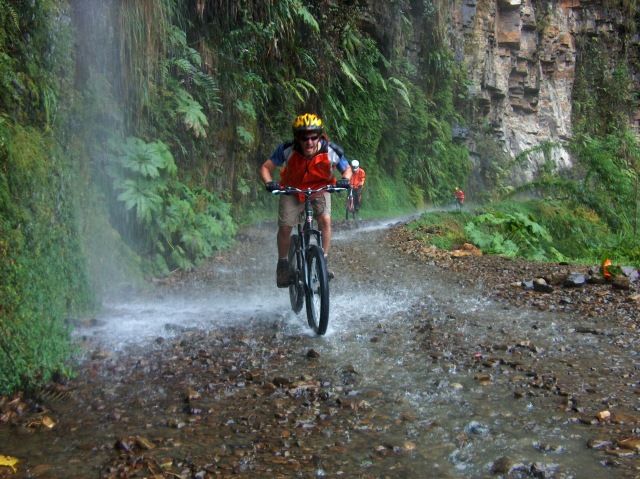
Drugs:
- Drugs: Not judging how you choose to entertain yourself, but in Bolivia, if you get involved in cocaine and get caught, the minimum sentence is 8 years and you might wait in jail for more than two years just waiting for a trial. Why risk it? Obviously, do not leave your luggage unattended in airports, train stations and bus terminals to avoid getting stuff planted.
- It’s legal for farmers to grow coca leaf in Bolivia, but if you´re traveling around areas where coca leaf is grown, such as Los Yungas and the Chapare region, be careful taking pictures. Farmers may not like it.
Health issues:
- Food: Many tourists from first-world countries suffer some kind of food poisoning when traveling around Bolivia from eating street-food. So, in general, you shouldn’t taste the delicious, spicy, juicy street-food in Bolivia (which is a shame but, you know, health first and all). Make sure you eat at restaurants that display their sanitary certifications and look clean. For extra caution, avoid eating any raw vegetables and peel all your fruit. And wash your hands! But we’re sure we don’t have to tell you that.
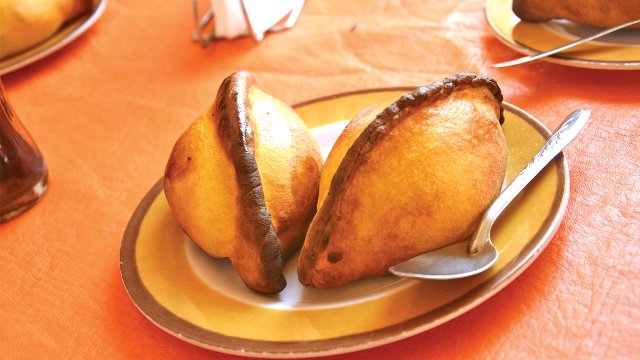
- Tap water: While the tap water in urban areas is supposed to be potable, and many locals actually do drink it, it’s really better not to risk it as a tourist. So, drink boiled water or bottled water only. You can brush your teeth and wash vegetables with tap water in urban areas at no risk, but if in the countryside, wash your teeth with bottled water, too.
- Altitude sickness: Many of Bolivia’s most popular tourist attractions, like the Uyuni Salt Flats, Potosi, Sucre, La Paz, and Lake Titicaca lie at altitudes between 2,500 and 5000 meters above sea level, so yes, altitude sickness is something you must prepare for. Thankfully, you can do that just by following a couple of good tips. Check out this thorough report on how to cope with altitude sickness in order to travel through Bolivia safely without missing out on any of its great destinations.

- Tour safety: Make sure you research your tour agency beforehand. Uyuni Salt Flat, trekking, rivers, mine tours, jungle tours, Bolivia offers some great adventure opportunities, but please always make sure the agency meets international safety standards. Many agencies might offer better prices at a cost to safety. So, again, safety first, right? Check out this listing of many certified tour options. Also, be responsible yourself. For example, don´t get wasted the night before a downhill biking tour down the Death Road if you would rather not break an arm.
- Diseases: If traveling around tropical areas of Bolivia and low-lands, make sure to cover up against mosquitoes with long sleeves and pants, and bring repellent. Malaria and dengue fever are a risk, especially during the rainy season, between November and February.

Transportation issues:
- Road blocks: Roadblocks are somewhat common in Bolivia. The people in many rural communities and even in some cities block the roads and highways in protest. Mostly, you can know at least a day beforehand when a road will be blocked to take alternative measures, but it may happen that the blockade is upon you without warning. If this happens, you may have to walk to the point of blockade in order to take a cab or bike to your final destination. Or, the bus you travel on may take an alternative route, which could delay your time of arrival. How to cope? First, stay informed of possible road blockades by watching news and asking around. You can check out this map, which is updated constantly, and shows all Bolivian highways and marks road blockades. Secondly, travel with water and snacks, and enough warm clothes to deal with any situation. Wear comfortable shoes in case you have to walk long distances. Carry cash with you in case you have to pay for a cab or other transportation. And book your connecting buses and flights with enough time in between, so in the case of unforeseen circumstances you don´t miss your next flight or bus: at least four hours, just to be safe.

- Peaceful (but annoying) protests: Protests are common in the cities of Bolivia, but especially La Paz. They are usually sit-ins or marches through the city´s main streets and can block traffic for about an hour. Violence is not common during such protests, but it is best to avoid them. In case you get stuck in traffic due to a protest, be patient. You can either get out and walk the rest of the way, or stay in the car and wait it out. But if you need to catch a bus or plane, remember to leave with enough time to make it. A protest can add one or two hours to your commuting time.
- Natural disasters: No earthquakes or snowstorms in Bolivia, no hurricanes or tornadoes, but rainy season between November and February means flooding, landslides and road washouts, which could mean delays when traveling by land and even airplane. Traveling by land, you could get stuck overnight behind a landslide so, again, stay informed regarding transit and always travel with enough food, water and warm clothes.
- Local transportation: If you want to take a cab, call it from your hotel, or take official cabs from airports and bus terminals, which clearly display their phone number and the company they belong to. Try not to take cabs from the street, and never take a cab that does not display the name of the company and phone number overhead. When using a minibus (vans with multiple passengers) or city bus, make sure you don’t get distracted, as pickpockets love to, well, pick your pockets in these vehicles.

- Terminals and train stations: Always and in any country, be extra careful at transport hubs. You are most vulnerable when carrying all your belongings with you. Don´t get distracted by people offering to help with your luggage or ask you for directions. And don´t leave your stuff unattended. We think it’s helpful to know what to expect. Here is a page where you can find the addresses and description of most bus and train stations in Bolivia, including phone numbers.
- Traveling by bus: Traveling by bus is safe in Bolivia, but common sense must be used. To avoid things getting stolen, which is rare but can happen, don´t put a laptop or other valuables in the overhead bin if its a long trip and you’ll fall asleep. Valuables should always be kept on you when traveling by bus. Nobody steals luggage from the luggage compartment in buses, so relax, as long as you have a ticket for the luggage you left in there, it should be safe. There is also no risk of buses being robbed on the highway. The most exciting thing that can happen to you on a bus trip in Bolivia is a flat tire or a road blockade (see above). Nevertheless, try to buy your tickets from good, responsible, experienced bus companies, which are sure to keep their buses in good working conditions. Informal or cheaper bus companies might not make sure their drivers are rested and prepared for driving long distances, may not hire two drivers to take turns driving, ensuring safety, and the maintenance to their buses might not be enough to ensure a good trip. Check out this link to buy tickets in advance and check out the best bus and train companies in order to travel safely through Bolivia by land.
We hope this information was useful. Have a safe trip and enjoy Bolivia!


